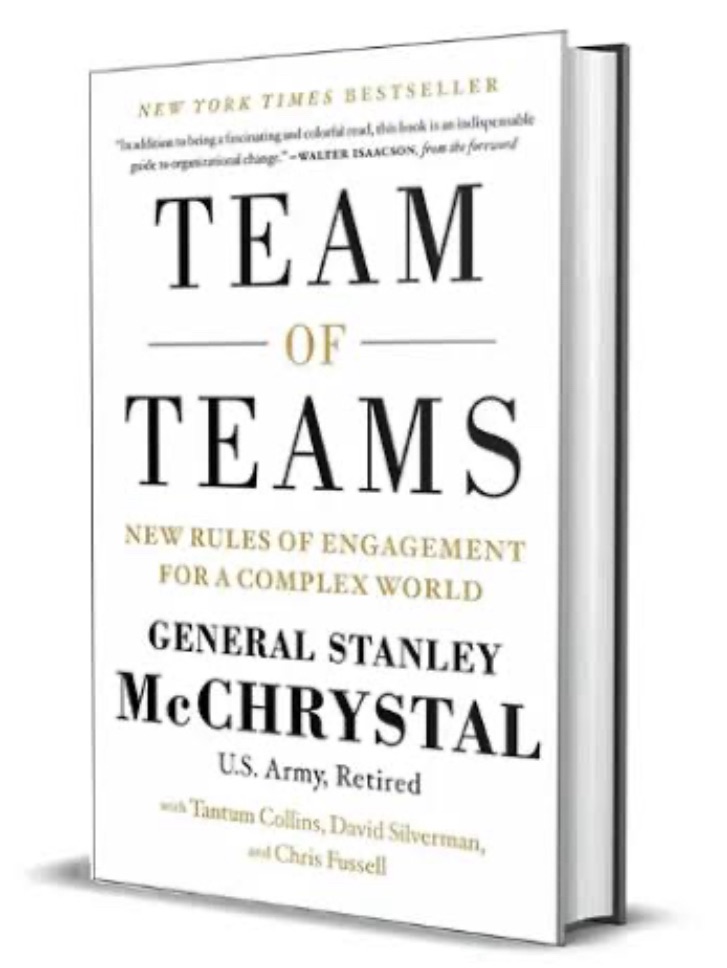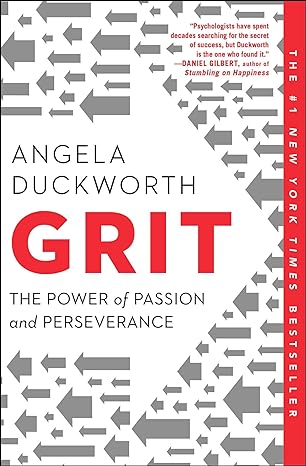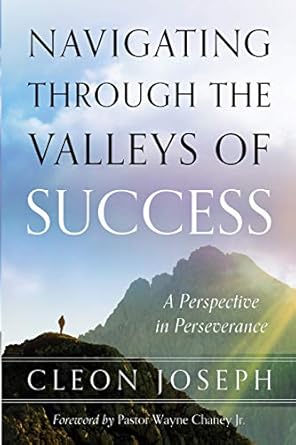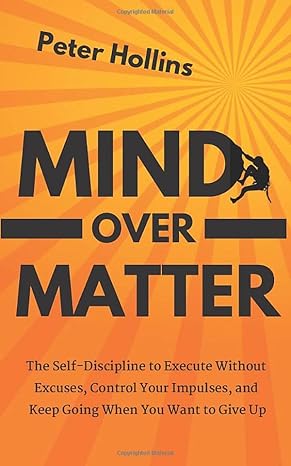
Staying motivated during down sales months can be challenging, but it’s important to remember that every sales professional experiences highs and lows in their career. The key to success is to develop a consistent sales strategy and continuously work to improve your sales techniques. Below, I have outlined a 5-week plan with objectives broken down into daily action items:
Week 1. Set clear and specific goals: Create measurable goals that are achievable and align with your overall sales strategy. This will help you stay focused and motivated even during the downswing months.
- Day 1: What are your current sales goals? Are they specific and measurable? If not, how can you refine them to make them more actionable?
- Day 2: What are the key performance indicators (KPIs) that will help you track progress towards your sales goals? How can you ensure that you are consistently measuring and analyzing these metrics?
- Day 3: How can you break down your sales goals into smaller, achievable targets? What steps can you take each day to work towards these targets?
- Day 4: How can you stay accountable for achieving your sales goals? Who can you share them with, and how can you track progress together?
- Day 5: How can you celebrate small wins and milestones along the way to achieving your sales goals? How can you use these celebrations as motivation to keep going?
For a deep dive into Week 1 tactics and strategies, visit my post here
Week 2. Develop a sales plan: Create a sales plan that outlines your target audience, sales approach, and key metrics. This will help you stay organized and focused on achieving your sales goals.
- Day 6: Who is your target audience? What are their pain points and challenges, and how can you address them with your product or service?
- Day 7: What is your unique selling proposition (USP)? How can you communicate this effectively to potential customers?
- Day 8: What is your sales approach? How can you tailor it to different types of customers and situations?
- Day 9: How can you use data and analytics to inform your sales plan? What insights can you gain from previous sales performance and customer behavior?
- Day 10: How can you consistently review and update your sales plan to ensure it remains relevant and effective?
For a deep dive into Week 2 tactics and strategies, visit my post here
Week 3. Build relationships with your customers: Building strong relationships with your customers is essential for long-term success in sales. Focus on understanding their needs and pain points, and offer solutions that address their specific challenges.
- Day 11: How can you actively listen to your customers to understand their needs and pain points?
- Day 12: What are some effective ways to build rapport with customers? How can you use these techniques in your sales approach?
- Day 13: How can you personalize your interactions with customers to make them feel valued and understood?
- Day 14: How can you follow up with customers after a sale to ensure their satisfaction and build a long-term relationship?
- Day 15: How can you leverage social media and other digital channels to connect with and engage customers?
For a deep dive into Week 3 tactics and strategies, visit my post here
Week 4. Improve your communication skills: Effective communication is key to successful sales. Work on improving your listening and communication skills, and focus on building rapport with your customers.
- Day 16: What are some effective techniques for active listening? How can you incorporate these into your sales approach?
- Day 17: How can you use storytelling to communicate the value of your product or service to customers?
- Day 18: How can you use body language and nonverbal cues to establish trust and build rapport with customers?
- Day 19: What are some effective questioning techniques that can help you better understand customer needs and pain points?
- Day 20: How can you stay up-to-date with the latest sales trends and techniques? What resources and training programs can you access to continuously improve your sales approach?
For a deep dive into Week 4 tactics and strategies, visit my post here
Week 5: Continuously learn and adapt: The sales industry is always changing, and it’s important to stay up-to-date with the latest trends and techniques. Attend sales training programs, read industry publications, and seek feedback from your colleagues and customers to continuously improve your sales approach.
- Day 21: Reflect on your recent sales interactions. What worked well? What could have been improved? Identify specific areas where you can enhance your sales techniques.
- Day 22: Review industry publications, blogs, or podcasts to stay updated on the latest trends in your field. Identify one key insight or strategy that you can incorporate into your sales approach.
- Day 23: Seek feedback from your colleagues or mentors. Ask them to evaluate your sales techniques and provide suggestions for improvement. Consider their input and determine actionable steps to enhance your approach.
- Day 24: Attend a sales training or webinar. Choose a topic that aligns with your development needs, such as negotiation skills or objection handling. Apply the knowledge gained to your sales practice.
- Day 25: Analyze customer feedback and testimonials. Identify common themes or areas of improvement mentioned by customers. Use this feedback to refine your sales approach and better address customer needs.
- Day 26: Experiment with a new sales technique or approach. Step out of your comfort zone and try something different to see how it resonates with customers. Evaluate the results and determine if it’s worth incorporating into your regular practice.
- Day 27: Engage in role-playing exercises with a colleague or mentor. Practice different sales scenarios and receive constructive feedback on your performance. Use this opportunity to refine your communication and persuasion skills.
- Day 28: Reflect on your overall progress throughout the month. Celebrate your accomplishments and identify any remaining areas for improvement. Set new learning goals for the upcoming month to continue your professional growth.
Remember that sales success takes time and effort, and it’s important to stay motivated and focused even during the down months. With the right approach and mindset, you can achieve your sales goals and build a successful career.











